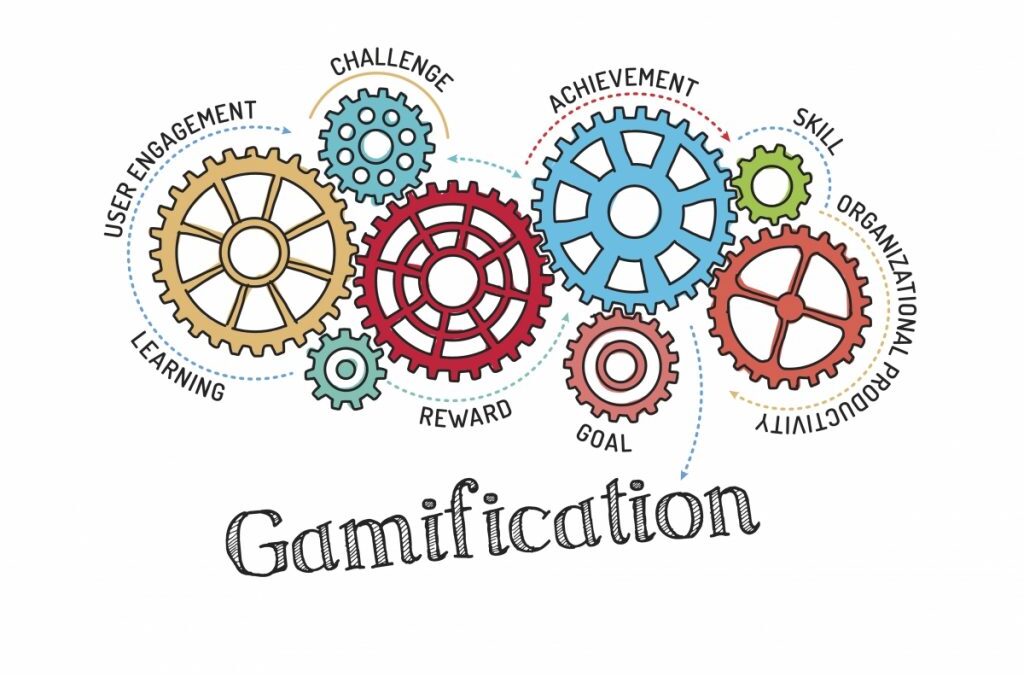Have you ever thought of how workplaces are changing to make our jobs more enjoyable and productive? One interesting trend is the growth of collaborative workspaces that incorporate gamification features. Let us talk on how it’s done and why it is becoming so popular.
Collaborative Workspaces?
First, let’s discuss collaborative workspaces. These are locations where people from various organizations, groups, or even freelancers get together to work in a collaborative environment. Imagine it a large, open workplace where everyone works on their own projects while yet interacting, sharing ideas, and collaborating. These places are intended to promote creativity, productivity, and networking.
Gamification?
Now onto gamification. Gamification refers to the addition of game-like aspects to non-game circumstances. It’s like making your job into a game. This could include using points, leaderboards, medals, and awards to make chores more interesting and enjoyable. It’s not about playing video games at work, but rather making work sound more like a game.
To understand better,
Google Workspace (previously G Suite) features gamification via add-ons and connectors. For example, “Gamify for Google Workspace” incorporates game-like aspects into Google Sheets and Google Slides, allowing teams to build quizzes, scoreboards, and interactive presentations that improve cooperation and engagement.
Combining the Two
So, what results when you combine collaborative workspaces and gamification? You’ll get a dynamic and interactive workplace that encourages motivation and teamwork.
How it works?
Boosts engagement: When you finish a task, you may get points or badges. Seeing your progress visually, as if it were a game, can urge you to keep going.
Friendly competitiveness: Leaderboards may promote friendly competitiveness. You can examine how you compare to your classmates and be pushed to push yourself a little harder. Everything is done in good humor with the goal of increasing productivity.
Team Collaboration: Team-based gamification is commonly used in collaborative workspaces. Teams can collaborate to achieve goals and receive rewards for their efforts. This fosters group spirit and cooperation.
To teach and develop skills: Finishing specific tasks or challenges will assist you learn innovative skills, and the game-like components make the experience more fun.
Feedback and Recognition: Getting instant feedback is another advantage. When you finish a task, you receive instant appreciation. Positive reinforcement can improve morale and productivity.
Real-world Examples
To give you a better idea, consider some real-world examples. Companies such as Microsoft have introduced gamification into their collaborative workspaces. They use it to promote creativity, improve teamwork, and make the workplace more fun.
For example, a corporation may use a platform that allows employees to earn points for finishing assignments on time, attending meetings, or sharing ideas. Such points can then be used for rewards like gift cards or additional vacation days. Teams may compete in problem-solving competitions, with the winner team receiving recognition and awards.
It’s psychological!
The emergence of collaborative environments with gamification aspects is occurring because it appeals to fundamental human psychology. People are naturally competitive and appreciate receiving rewards for their efforts. Making work feel more like a game turns it into an enjoyable pastime rather than a chore.
In a nutshell, incorporating collaborative workplaces and gamification aspects is a game changer. It transforms the typical workplace into a dynamic, interactive atmosphere in which employees are motivated, engaged, and eager to participate. So, the next time you hear about gamified workspaces, you’ll know it’s all about making work more enjoyable and efficient!


